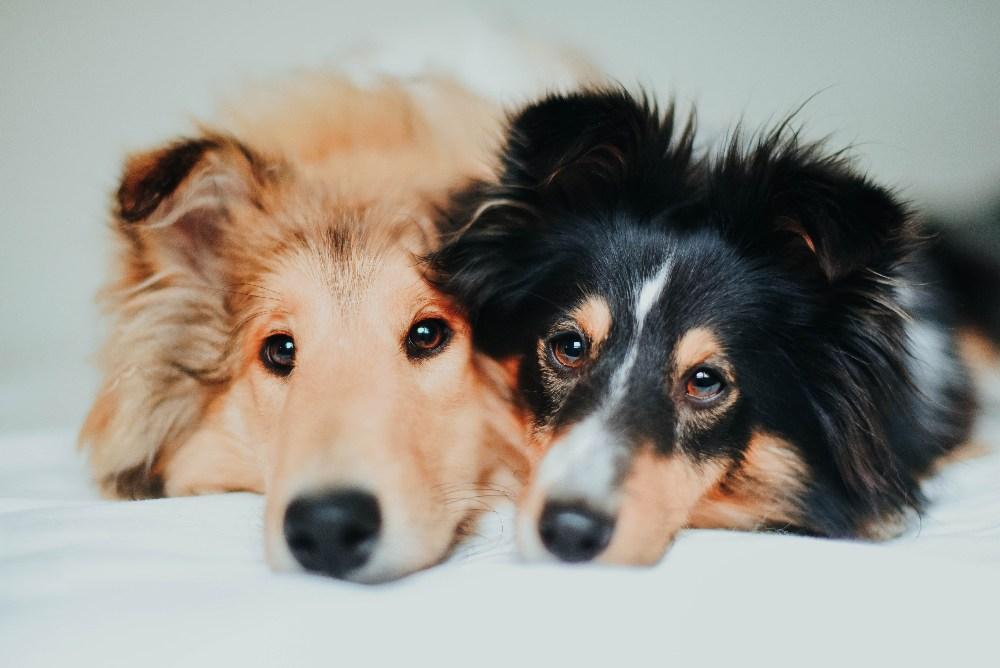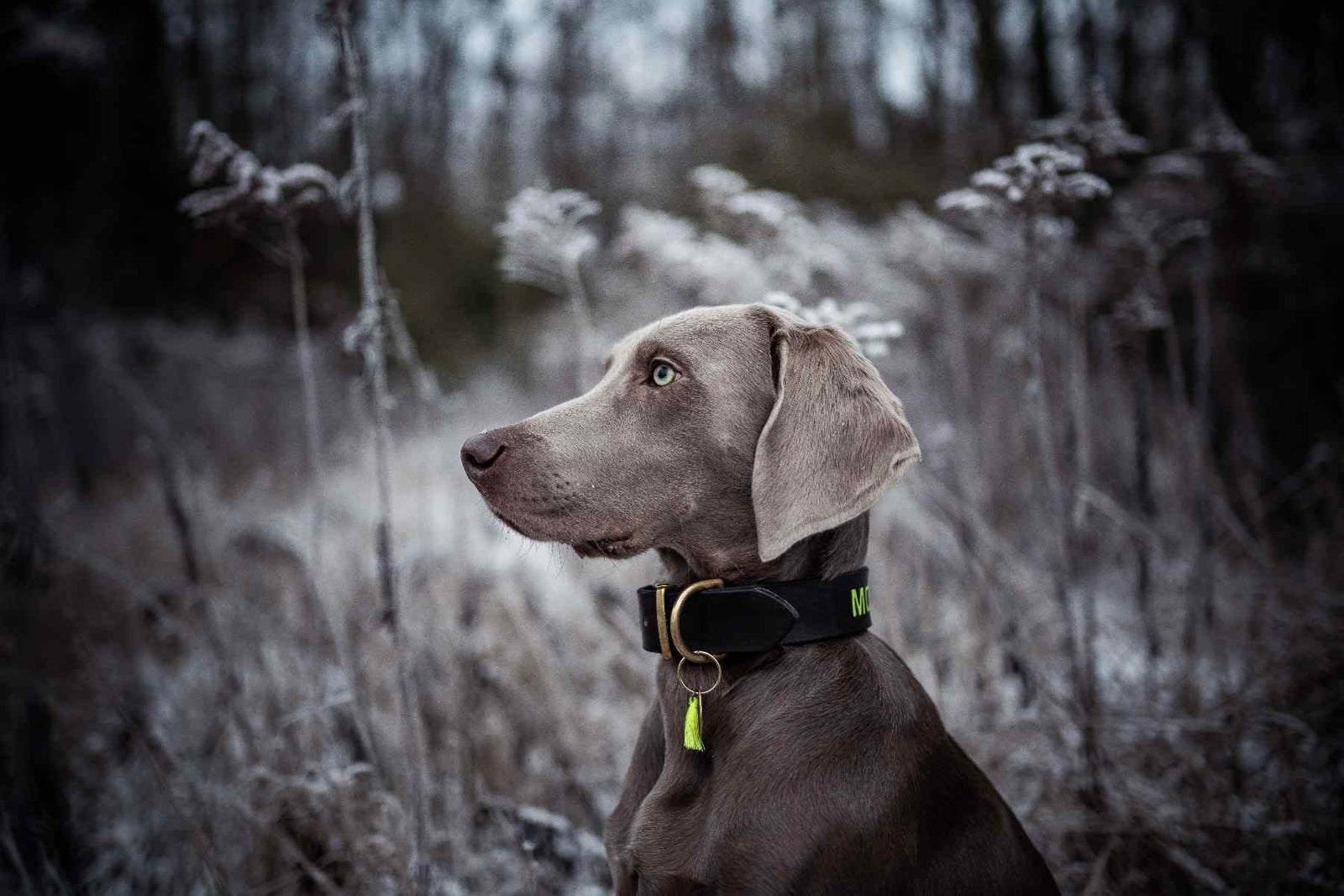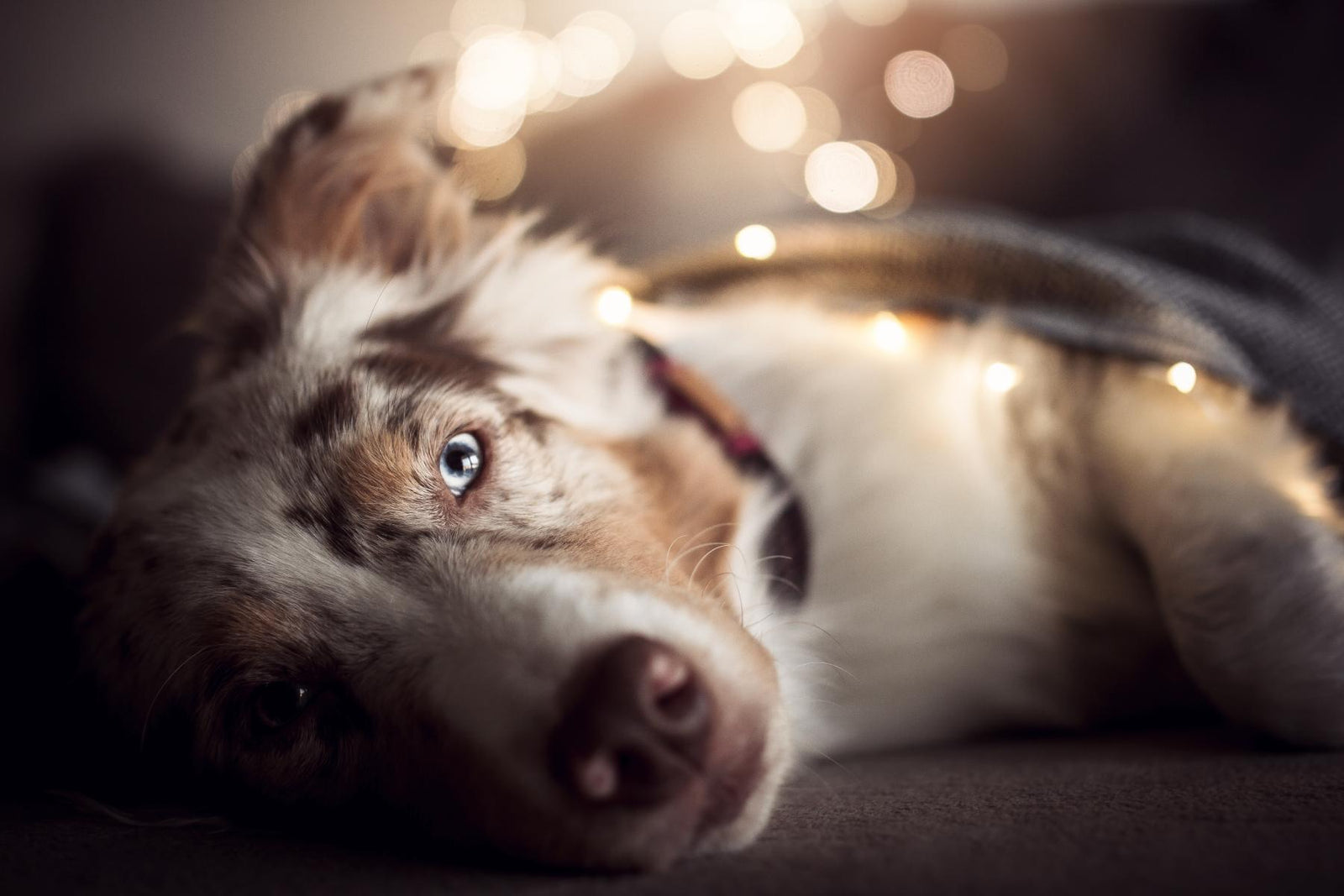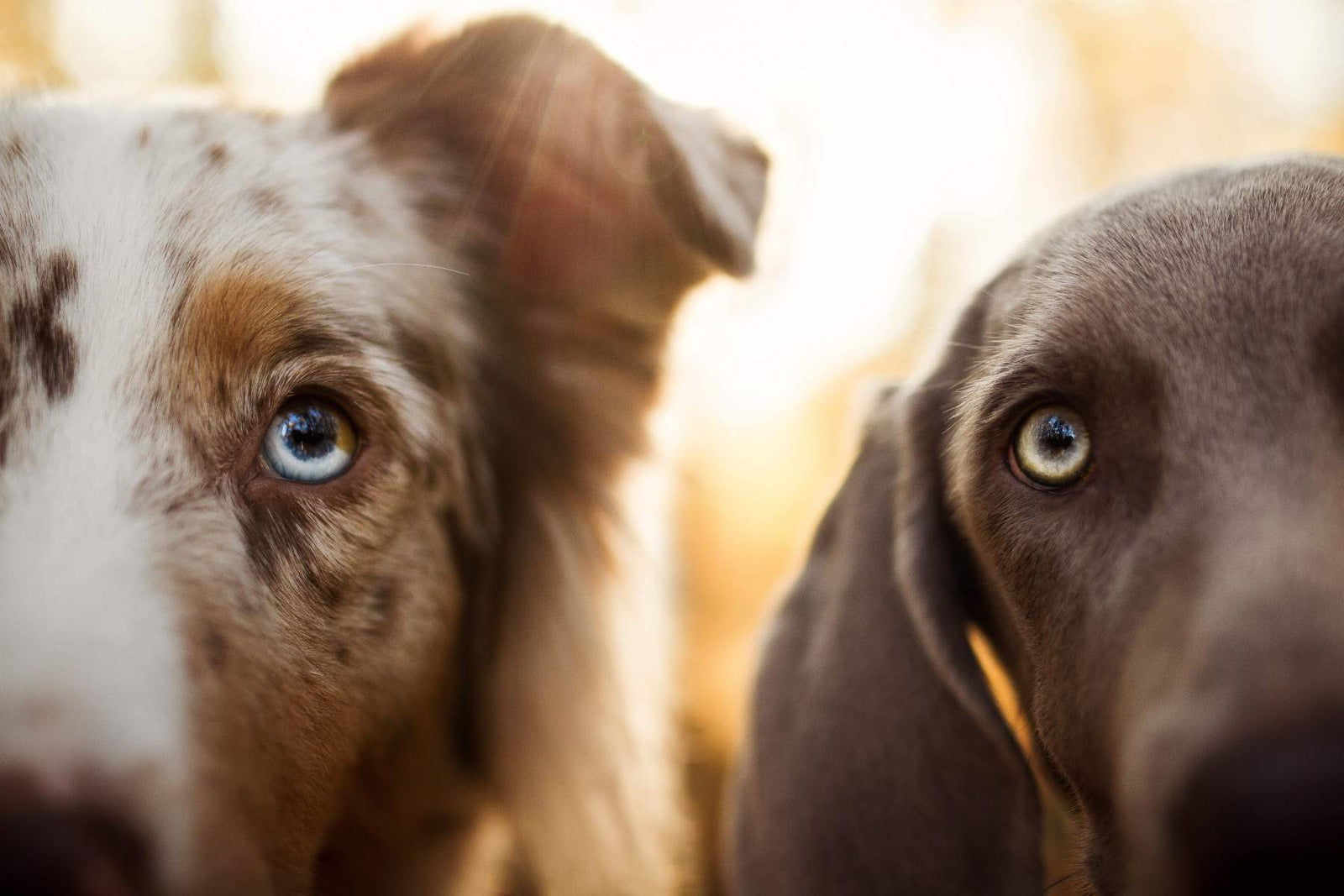Welcome to the wonderful world of owning a new puppy. There’s nothing more exciting than adding a new member into the pack, but as the saying goes “with great power comes great responsibility”! Having a puppy is like having a toddler; they need to be watched every second when they’re not in a safe place (their crate/bedroom etc). A quiet puppy almost always equals trouble!
A moment of inattention can spell disaster for some puppies, so we’ve put together this list of the essential things that every puppy needs to learn as soon as you bring them home. When thinking about puppy behaviour a good rule of thumb is “if you wouldn’t let a fully-grown German Shepherd get away with this behaviour, your puppy shouldn’t get away with it either.”
SAY MY NAME
Your new puppy’s name is super important and the first step to training him or her to be the furry companion you’ve always dreamed of. The good news is that you’ll be repeating your dog’s name so regularly once they arrive home, so this is often taught with no extra effort.
If your puppy is a little distracted by all the awesome new scents and sights around them, give them a while to settle in a distraction free environment. When you have your puppy’s attention, say their name and immediately give them a treat. Keep doing this and eventually, you’ll be able to say their name when they aren’t looking and still get their attention.
And voila! The dog knows his or her name and it’s time to gift them with a personalised dog tag! Don’t you want everyone else to know the awesome name you chose for your dog?!
LET’S SIT
Teaching your puppy how to sit is one of the most basic tricks and a great place to start your obedience training. When a dog knows how to sit on command many incidents, behaviours, and potential dangers can be avoided. This ‘trick’ is so simple, your puppy will almost train himself.
Start with a super tasty treat in your hand (hello BBQ chicken!) stand facing your puppy. Slowly move the hand holding the treat up over your puppy’s head. As they raise their head to follow the treat their bottom will naturally sit on the floor. The instant they sit, say the command “SIT”, praise them and give them some chicken. Repeat. Repeat. Repeat.
Do this repeatedly until your dog has mastered the trick and then move on to asking them to sit and reward them with affection or their favourite toy instead of a treat. It’s always a good idea to always have a leash on your dog when you’re training him, just in case they try to run off on you!
TIME FOR POTTY TRAINING
To make things easy for you and your puppy, chose one place for their toilet. Don’t have multiple places as this will just confuse your puppy and end in accidents all over your house. The best place is outside, whether that’s a fake grass mat on your apartment balcony or a corner of your yard, choose one place and stick with it.
When you take your puppy outside to toilet, keep them on a leash. Walk to the area you want puppy to eliminate. Make sure puppy walks themselves to the area and you don’t carry them as this will strengthen the routine on how they actually get to the toilet. Stand in one place while holding your leash and ignore the puppy completely (no touch, no talk and no eye contact) (but keep a sneaky eye on them so you learn their cues to toilet!). Have the treats ready!
When you see them in the act of eliminating, say the command word (example WEE-WEE) and immediately reward with a tasty treat. Make lots of fuss and give them lots of praise. if the weather is nice outside, you could play a little game with them. Don’t play with them just before bed though, you’ll get them all excited.
After a few days, you will come to learn how to spot your dog’s pre-bathroom behaviour and rush them outside when they need to go. Circling and waddling around like it’s 5 o’clock is usually a pretty clear indicator that they need to go but until then, you’ll need to take your puppy outside frequently. After they wake up, after they eat/ drink and after they play are all excellent times to take them out.
“COME!”
The best way to train your dog to do anything is to make training a game. Keep things light-hearted and high energy.
Set your puppy up for success by starting in a distraction free environment, like a quiet room of your house. Show them a tasty treat (liver treat, chicken etc) and as they’re coming toward you, say the command “come” – make sure you only say the command as your puppy is moving toward you. After you have practised this a few times, try and say the command without showing the treat, and then try to increase the distance between you.
Avoid one of the most common mistakes with this command - don’t ask your puppy to come and then punish them. Also, don’t call them and then take them home from the park! You want your puppy to associate ‘COME’ as something good always happens.
As always, it’s best if you keep your puppy on a leash while training, for their safety and for your convenience (you don’t want to be playing chase with your puppy when you’re trying to teach them!)
STAY IS A LIFE-SAVER
This trick has two parts: a) stay b) until I tell you to move - this is called a ‘release cue’. To teach an effective ‘stay’, you should first teach your chosen release cue. Some ideas might be ‘OK/ OUT/ FREE/ GO’. It doesn’t matter which word you chose, as long as you are consistent!
To start, have your puppy next to you (sitting or standing doesn’t matter), throw a treat on the floor and say your ‘release cue’ word as puppy steps forward for the treat. Repeat this until you can say the word and puppy starts moving without the treat. Doing this teaches your puppy that the release cue means to move.
Now for the fun! Have your puppy sit facing you and give them a treat. Pause for 2 seconds and give them another treat (for staying in a sit position), then give them your release cue. Practice this increasing the time you wait between treats. If your puppy gets up before you tell them to, they're letting you know that they can’t wait that long. Try again in your next session for a shorter time period.
Once your dog can stay, you can gradually increase the distance and the time. To make sure the training “sticks,” sessions should be short, fun and successful.
Start your puppy’s life off right by teaching them these essential life skills and you will have a friend for life. Don’t forget to browse the Barker and Bone collection of premium dog accessories today.






Leave a comment (all fields required)